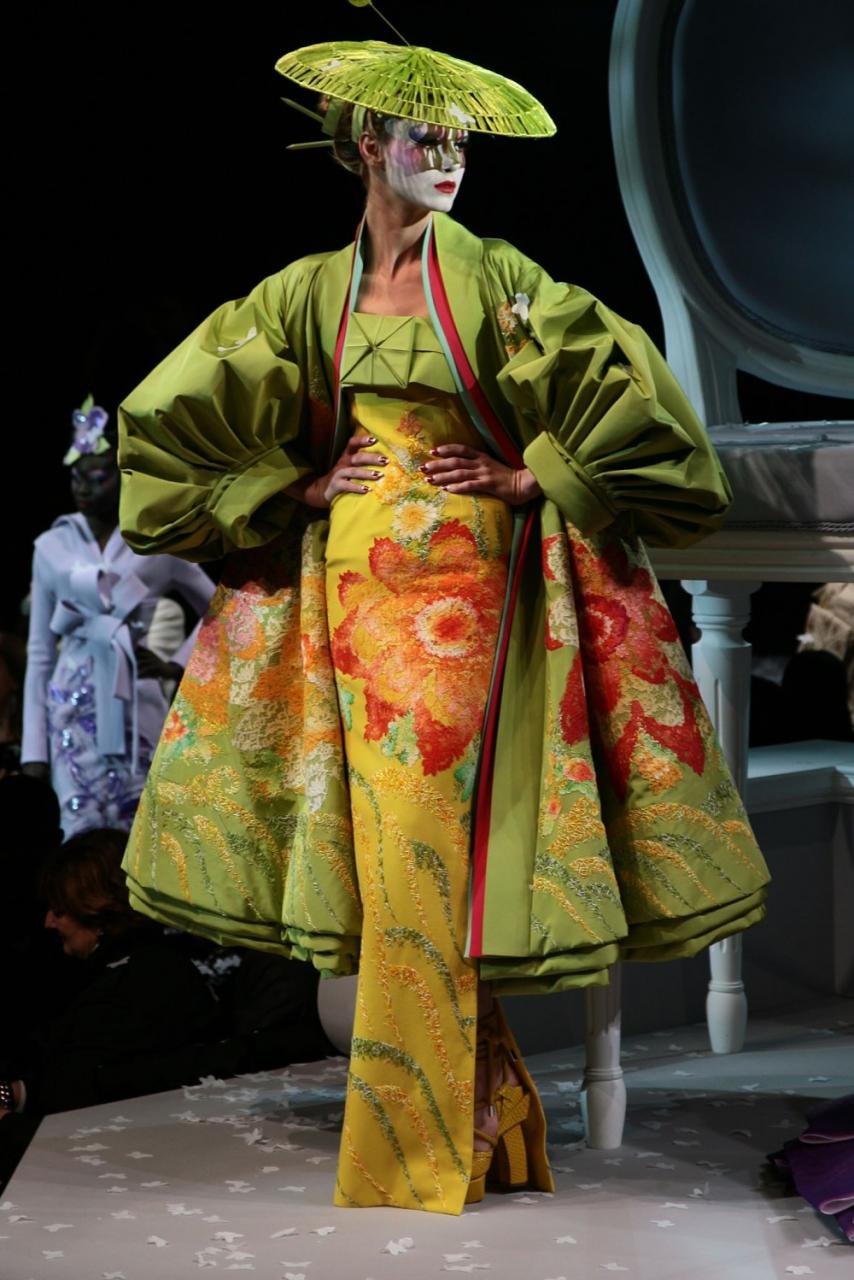In today’s interconnected world, the realm of fashion has become a melting pot of diverse influences, blending traditional styles with modern trends from around the globe. The phenomenon of globalization has revolutionized the way we view and create fashion, sparking a cross-cultural exchange that continues to shape and redefine the world of design. From the runways of Paris to the streets of Tokyo, join us as we explore the impact of globalization on fashion design and how cultural exchange is transforming the industry as we know it.

The Influence of Cross-Cultural Exchange on Fashion Trends
Over the years, fashion has become increasingly influenced by cross-cultural exchange. The blending of different styles, traditions, and influences from around the world has shaped the way designers approach fashion. This globalized era has allowed for the emergence of unique and eclectic trends that transcend geographical boundaries.
One of the key aspects of cross-cultural exchange on fashion trends is the incorporation of traditional elements from various cultures into modern designs. This fusion of heritage and contemporary aesthetics has given rise to a plethora of innovative and culturally diverse fashion statements. Designers are now drawing inspiration from a wide range of sources, resulting in garments that reflect a rich tapestry of global influences.
Furthermore, cross-cultural exchange has also led to a more inclusive and diverse fashion industry. By embracing different cultural perspectives and celebrating diversity, designers are challenging conventional notions of beauty and style. This shift towards greater inclusivity has opened up new possibilities for creative expression and has helped redefine the boundaries of fashion.
Blending Traditional and Modern Styles in Contemporary Fashion
In today’s interconnected world, the fashion industry has embraced a blend of traditional and modern styles to create contemporary designs that appeal to a global audience. This fusion of diverse cultural influences has redefined the boundaries of traditional fashion, leading to a new era of creativity and innovation in the fashion landscape.
Designers are now drawing inspiration from a wide range of cultural sources, incorporating elements from different traditions and aesthetics to create unique and captivating pieces. This cross-cultural exchange not only celebrates diversity but also fosters a deeper understanding and appreciation of various cultural heritages.
From intricate embroidery patterns inspired by traditional crafts to bold color combinations influenced by modern art movements, contemporary fashion reflects a rich tapestry of global influences. By blending traditional techniques with modern silhouettes and materials, designers are able to create garments that are both timeless and cutting-edge, appealing to a wide range of tastes and sensibilities.
Implications of Globalization on Sustainable Fashion Practices
Globalization has revolutionized the fashion industry, leading to a significant impact on sustainable fashion practices. With the rise of cross-cultural exchange, designers now have access to diverse textiles, techniques, and inspirations from all corners of the world. This has resulted in a melting pot of creative ideas and innovative designs that cater to a global audience.
One of the main is the increased awareness of ethical manufacturing processes. As companies expand their reach to international markets, there is a growing demand for transparency and accountability in the supply chain. Consumers are now more informed than ever, demanding products that are not only stylish but also produced in an environmentally and socially responsible manner.
Additionally, globalization has paved the way for collaborations between designers from different cultural backgrounds. This fusion of ideas and perspectives has led to the development of unique and inclusive collections that celebrate diversity. By embracing global influences, fashion designers are able to create pieces that resonate with a wide range of consumers, breaking down cultural barriers and promoting unity.
Encouraging Diversity and Inclusivity in Fashion Design
One of the most exciting aspects of fashion design in the globalization era is the impact of cross-cultural exchange on the industry. As designers from all over the world collaborate and share ideas, we see a beautiful fusion of traditions, styles, and perspectives coming together in innovative and unique ways.
**Key Points to Consider:**
- **Inclusivity:** Embracing diversity in fashion design not only celebrates different cultures but also helps break down barriers and promote understanding.
- **Inspiration:** Drawing inspiration from various cultures can lead to fresh and exciting designs that appeal to a global audience.
- **Representation:** By incorporating diverse elements in fashion, designers can ensure that people from all backgrounds feel seen and included in the industry.
Through this cross-pollination of ideas and perspectives, we are witnessing a shift towards a more inclusive and diverse fashion landscape. It is a truly exciting time to be a part of the industry, as we work together to celebrate the rich tapestry of cultures that make up our global community.
In conclusion, the globalization era has undeniably revolutionized the fashion industry, bringing about a rich tapestry of cross-cultural influences that have shaped fashion design in unprecedented ways. As designers around the world continue to draw inspiration from diverse cultures and traditions, we can expect to see a continued evolution of unique and eclectic styles that transcend borders and blur boundaries. Embracing the spirit of cultural exchange, fashion in the globalization era is a true reflection of our interconnected world, where creativity knows no limits and innovation knows no bounds. So let us celebrate the beauty and diversity of global fashion, as we embark on this exciting journey of sartorial discovery together.

